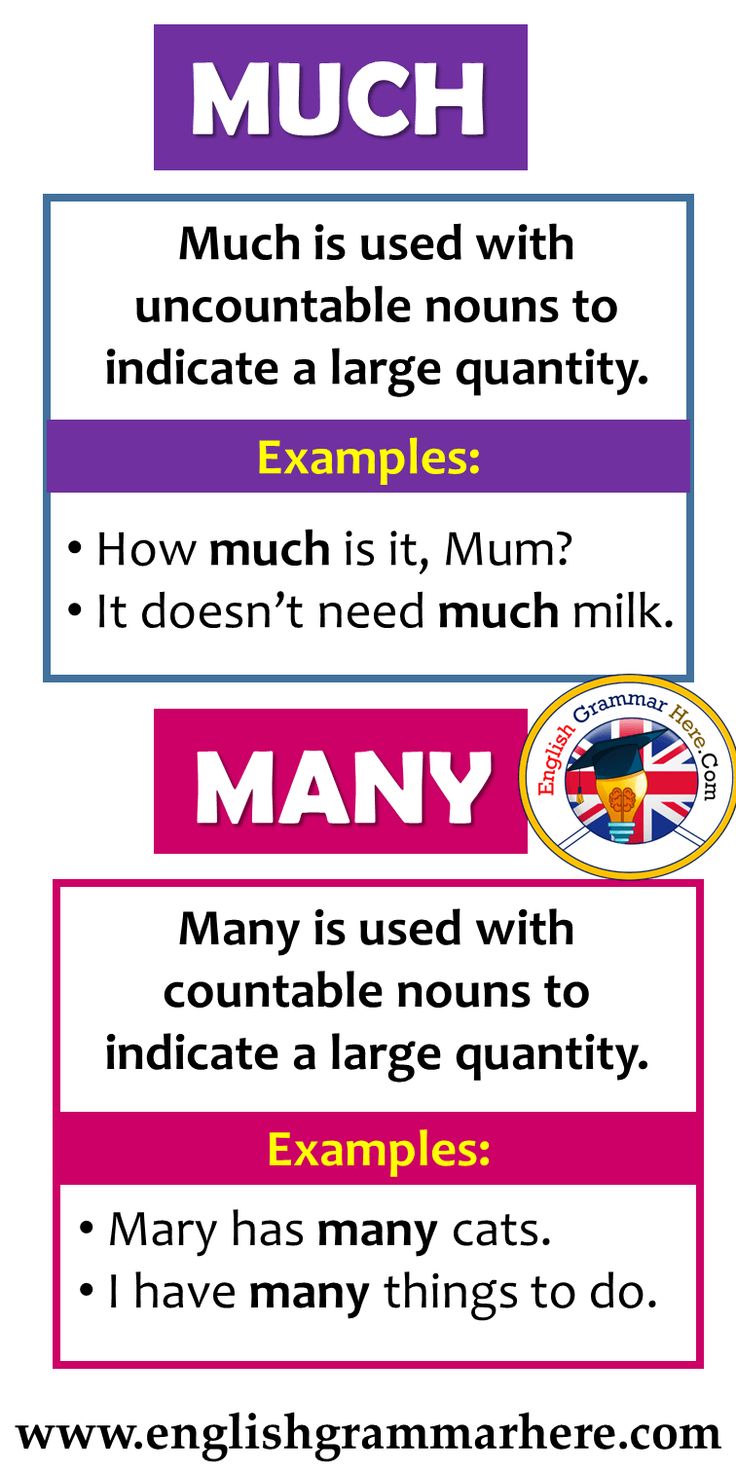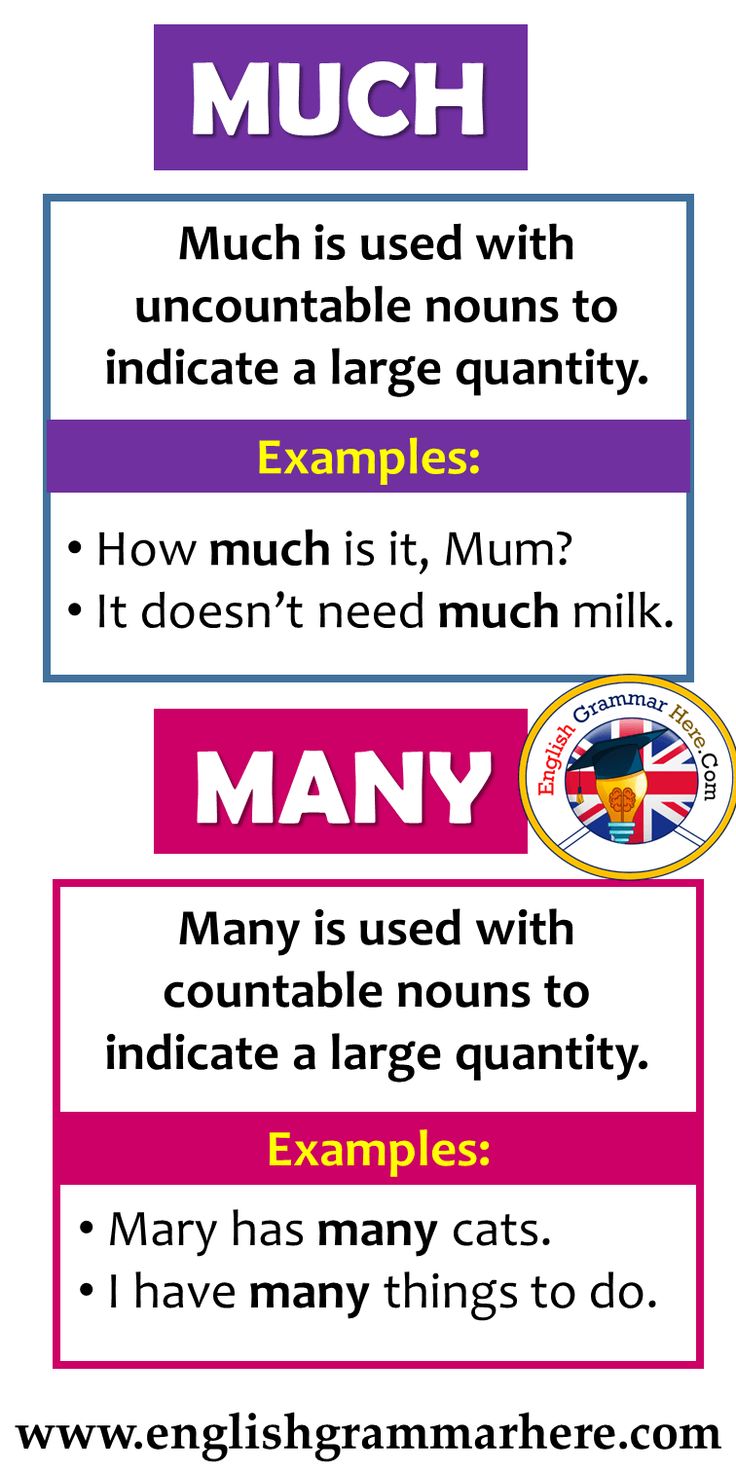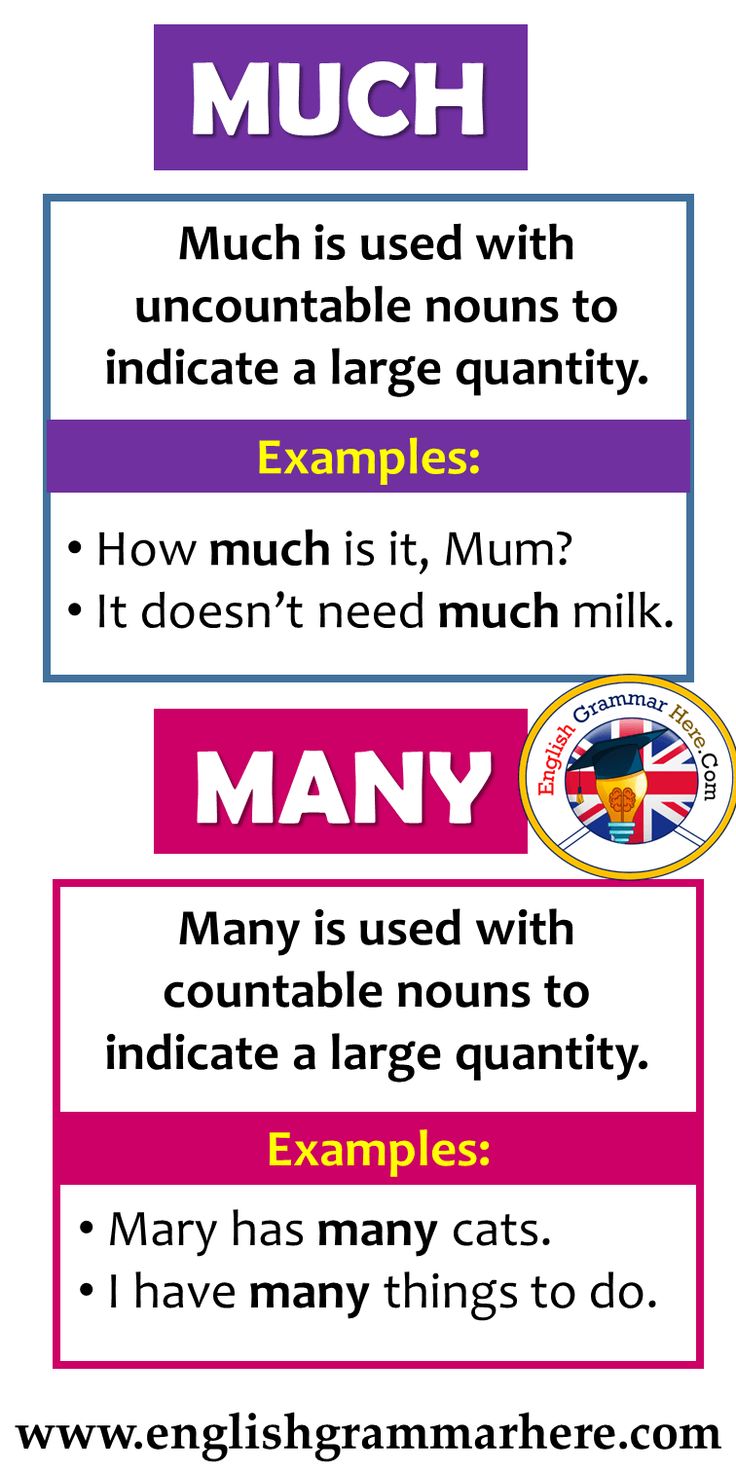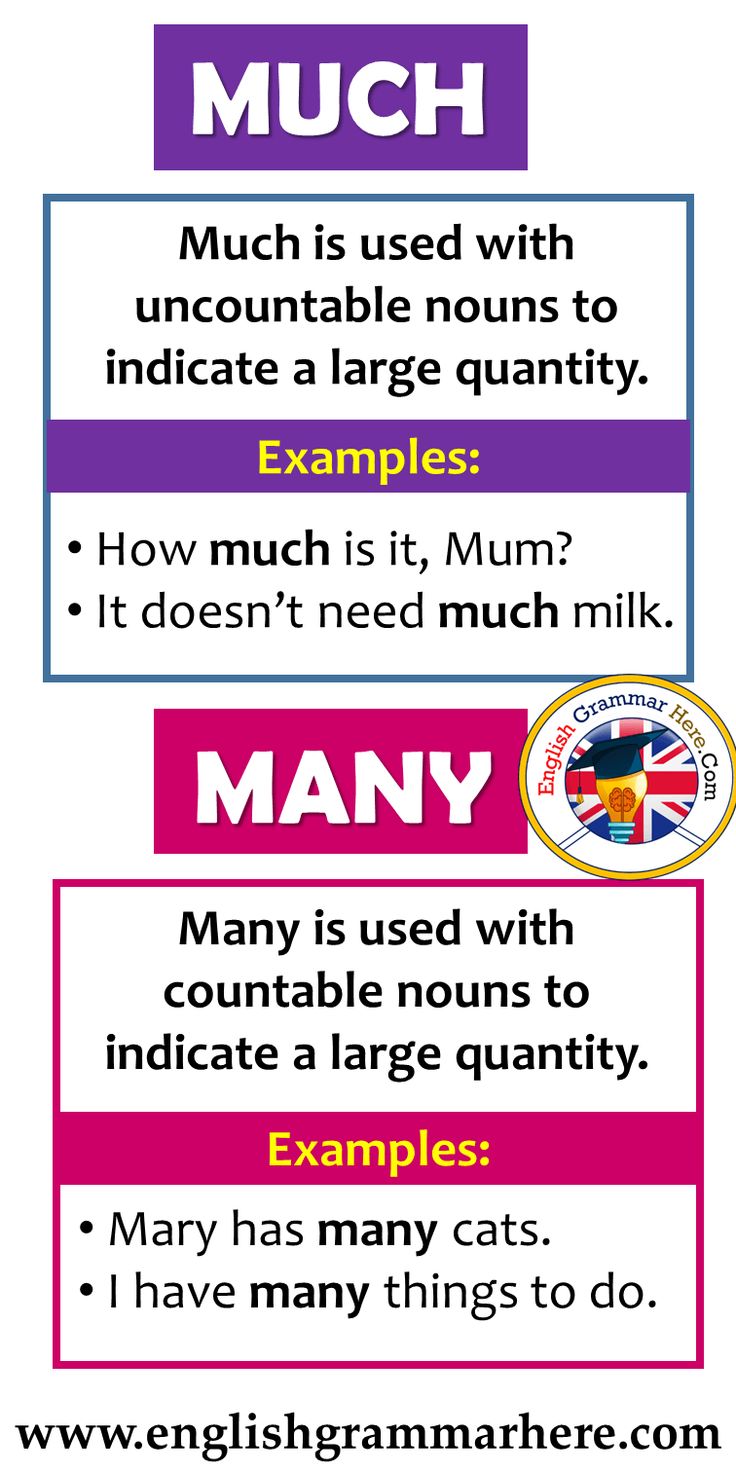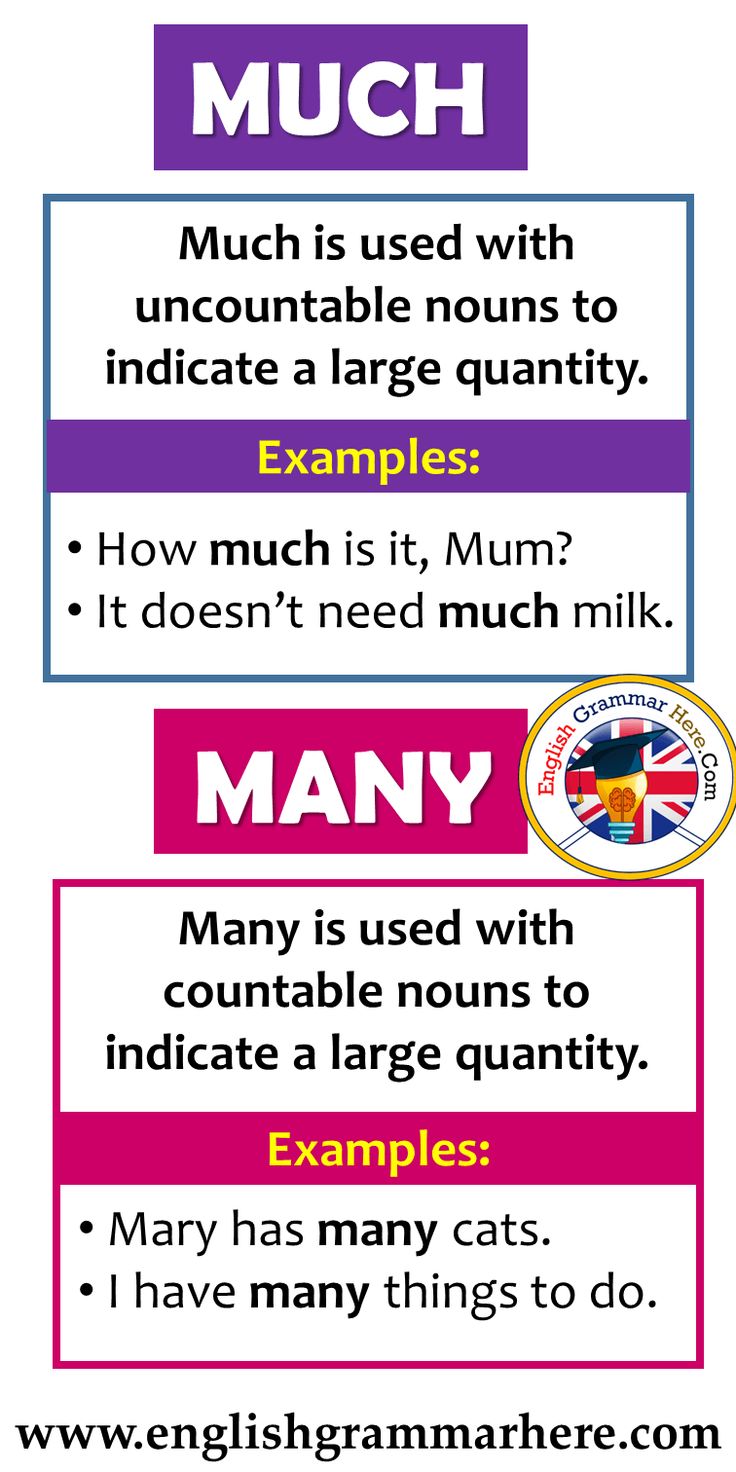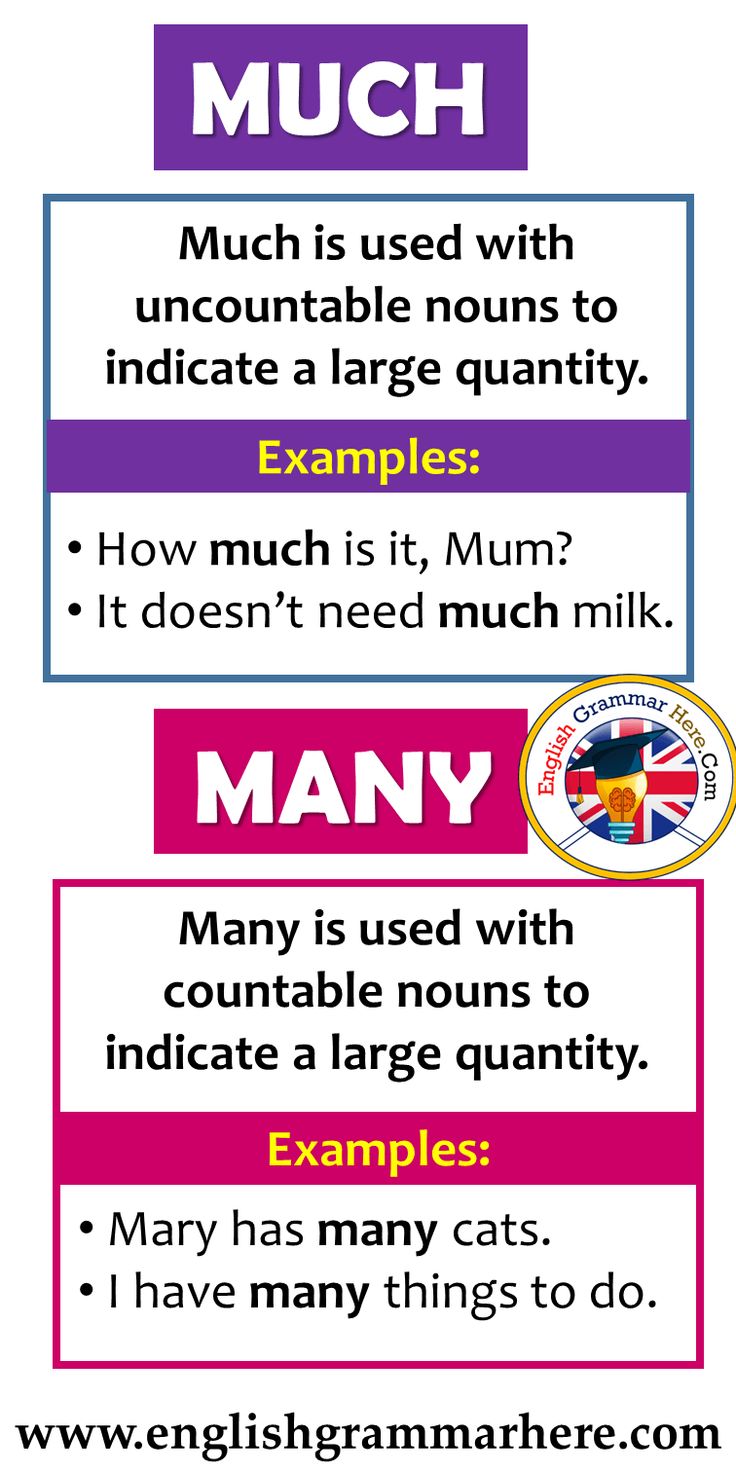How Much Does A Jeep Wrangler Bumper Cost? Your Ultimate Guide
How Much Does A Jeep Wrangler Bumper Cost? Your Ultimate Guide jeeps.truckstrend.com
The Jeep Wrangler is more than just a vehicle; it’s a symbol of adventure, rugged capability, and personal expression. From conquering rocky trails to navigating urban jungles, Wranglers are built to withstand the elements and provide unparalleled freedom. A critical component in both its aesthetic appeal and its practical protection is the bumper. Far from being a mere cosmetic attachment, a Jeep Wrangler bumper serves as its first line of defense against impacts, a mounting point for essential off-road accessories, and a significant statement of your vehicle’s personality.
If you own a Jeep Wrangler or are considering buying one, the question of "How much does a Jeep Wrangler bumper cost?" is far more complex than a simple price tag. It’s a journey into understanding various types, materials, features, and installation nuances that collectively determine the final investment. This comprehensive guide will dissect the costs associated with Jeep Wrangler bumpers, providing you with the insights needed to make an informed decision that aligns with your needs, budget, and adventurous spirit.
How Much Does A Jeep Wrangler Bumper Cost? Your Ultimate Guide
Understanding the Landscape: Types of Jeep Wrangler Bumpers
Before diving into specific price points, it’s essential to understand the diverse range of bumpers available for your Jeep Wrangler. Each type serves a different purpose and comes with its own set of features, directly impacting its cost.
-
Stock/OEM Bumpers: These are the bumpers that come standard on your Jeep Wrangler from the factory. They are typically made from plastic or lightweight steel, designed for everyday driving and minor impacts. While functional for road use, they often lack the durability and features required for serious off-roading. Their replacement cost for a direct OEM part can vary but is generally on the lower end compared to many aftermarket options.
-
Aftermarket Bumpers: This is where the world of customization truly opens up. Aftermarket bumpers are designed to offer enhanced protection, improved functionality, and a more aggressive aesthetic. They can be broadly categorized by their width and design:

- Stubby Bumpers: These are the narrowest aftermarket bumpers, extending only as wide as the grille or slightly beyond. They are popular among serious off-roaders as they maximize approach angles, allowing the tires to clear obstacles more easily. Their minimalist design often means less material, which can sometimes translate to a lower cost, but premium features can drive the price up.
- Mid-Width Bumpers: Offering a balance between protection and maneuverability, mid-width bumpers extend past the grille but not quite to the full width of the fenders. They provide better protection than stubby bumpers while still offering improved approach angles over full-width options.
- Full-Width Bumpers: These bumpers extend across the entire width of the Jeep’s front end, matching the fender flares. They offer maximum protection against impacts, debris, and animal strikes. While they may slightly reduce approach angles compared to narrower options, they are ideal for those prioritizing comprehensive front-end defense.
- Tube/Crawler Bumpers: Characterized by their tubular construction, these bumpers are designed for extreme rock crawling. They prioritize strength, ground clearance, and protection for critical components, often incorporating built-in skids and recovery points. Their specialized design and robust materials can place them in the higher price brackets.
- Winch Bumpers: Many aftermarket bumpers, regardless of width, are designed to accommodate a winch. These "winch-ready" or "winch-integrated" bumpers include a dedicated plate or cavity for mounting a winch, essential for vehicle recovery in off-road situations.
- Hybrid Bumpers: These combine elements of different designs, perhaps a full-width base with a stubby-like profile or integrated lighting solutions that are less common in traditional designs.


Key Factors Influencing Bumper Cost
The price tag on a Jeep Wrangler bumper isn’t arbitrary; it’s a reflection of several interconnected factors. Understanding these will help you navigate the market and find the best value for your investment.
-
Material:
- Steel: The most common and robust material for aftermarket bumpers. Steel bumpers offer superior strength and impact resistance, making them ideal for serious off-roading. However, they are heavy, which can impact fuel economy and potentially require suspension upgrades. Costs vary based on steel gauge and coating.
- Aluminum: Lighter than steel, aluminum bumpers reduce weight impact on suspension and fuel economy. While strong, they are generally not as impact-resistant as steel for extreme conditions. They are also more expensive to manufacture, making them a premium option.
- Plastic/Composite: Primarily used for OEM or very basic aftermarket bumpers. They are lightweight and inexpensive but offer minimal protection against significant impacts.
-
Type and Size: As discussed above, stubby bumpers generally use less material and can sometimes be cheaper than full-width options. However, specialized designs like tube bumpers or those with integrated features can be exceptions. Rear bumpers, especially those with integrated tire carriers, are often more expensive than front bumpers due to their increased complexity and material use.
-
Brand Reputation: Well-established brands like Smittybilt, ARB, Warn, Fab Fours, Rock Slide Engineering, and Rough Country, known for their quality, durability, and warranty, typically command higher prices. Budget-friendly brands may offer lower costs but might compromise on material quality, finish, or fitment.
-
Integrated Features and Accessories:
- Winch Plate: A dedicated platform for mounting a winch significantly adds to a bumper’s functionality and cost.
- D-Ring Mounts/Recovery Points: Essential for vehicle recovery, these sturdy attachment points are a standard feature on most off-road bumpers and contribute to the overall price.
- Fog Light/Auxiliary Light Cutouts: Bumpers designed to accommodate factory or aftermarket lights can add convenience but also cost. Some even come with integrated LED light bars.
- Bull Bars/Grille Guards: An extension on the bumper that provides additional protection to the grille and headlights.
- Tire Carriers (Rear Bumpers): Rear bumpers often integrate a swing-out tire carrier, allowing you to mount an oversized spare tire. These are complex mechanisms and significantly increase the cost of a rear bumper.
- Receiver Hitches: Integrated hitches on rear bumpers for towing or accessories.
- Sensor Mounts: For Wranglers equipped with parking sensors, bumpers designed to accommodate them might be slightly more expensive.
-
Finish: Most steel bumpers come with a powder-coated finish for corrosion resistance and aesthetics. Custom paint jobs or specialized finishes can add to the cost. Bare steel bumpers are cheaper upfront but require painting or coating to prevent rust.
-
Installation Complexity: While many bumpers are designed for bolt-on installation, some may require minor drilling or modification. The time and effort, whether DIY or professional, factor into the total cost.
Cost Breakdown: DIY vs. Professional Installation
The cost of a Jeep Wrangler bumper isn’t just the price of the part; it also includes the labor to install it.
-
DIY Installation:
- Cost: Primarily the cost of the bumper itself, plus any tools you might need (wrenches, sockets, torque wrench, jack stands). Most aftermarket bumpers are designed for a relatively straightforward bolt-on installation, often requiring only basic hand tools.
- Pros: Significant cost savings on labor. Satisfaction of doing it yourself.
- Cons: Requires mechanical aptitude and time. Risk of improper installation if not careful, potentially leading to issues or damage. Heavy bumpers might require a second person.
- Typical Time: 2-4 hours for a front bumper; 3-6 hours for a rear bumper, especially with a tire carrier.
-
Professional Installation:
- Cost: Labor rates typically range from $75 to $150 per hour, depending on the shop and location. A simple front bumper installation might cost $150-$300, while a complex rear bumper with a tire carrier could be $300-$600 or more.
- Pros: Expert installation ensures proper fitment and safety. Saves you time and effort. Shops often offer warranties on their work.
- Cons: Adds significantly to the overall cost.
- Where to Go: Off-road shops, specialized Jeep tuners, or even some general auto repair shops can handle bumper installations.
Benefits of Upgrading Your Jeep Wrangler Bumper
Investing in an aftermarket bumper offers a multitude of advantages beyond just looking cool:
- Enhanced Protection: Superior defense against impacts, debris, rocks, and even minor collisions. Essential for off-road enthusiasts.
- Improved Off-Road Capability: Stubby and mid-width bumpers improve approach and departure angles, allowing you to clear obstacles more easily.
- Increased Functionality: Provides sturdy mounting points for winches, auxiliary lights, D-rings, and spare tire carriers, transforming your Jeep into a more capable recovery and adventure vehicle.
- Durability and Longevity: Built with stronger materials and better finishes, aftermarket bumpers are designed to withstand harsh conditions and last longer than OEM plastic bumpers.
- Aesthetics and Personalization: A new bumper dramatically changes the look of your Jeep, allowing you to customize it to your unique style and needs.
- Resale Value: A well-equipped and maintained Jeep Wrangler with quality aftermarket parts can sometimes command a higher resale value.
Tips for Choosing the Right Bumper
Selecting the perfect bumper involves balancing your needs, budget, and desired aesthetics.
- Define Your Primary Use: Are you a daily driver who occasionally hits light trails, or a hardcore off-roader tackling extreme terrain? Your primary use will dictate the level of protection and features you need.
- Set a Realistic Budget: Bumper prices vary wildly. Knowing your budget upfront will help narrow down your options. Remember to factor in installation costs.
- Consider Weight: Steel bumpers are heavy. If you’re adding significant weight, consider whether your suspension can handle it without sagging. You might need to upgrade your springs or shocks. Aluminum is a great alternative for weight savings, albeit at a higher cost.
- Future-Proofing: Think about accessories you might want in the future (winch, larger tires, extra lighting). Choose a bumper that can accommodate these additions without requiring further modifications or replacements.
- Research Brands and Reviews: Read reviews from other Jeep owners. Look for brands known for quality, fitment, and customer service.
- Check Compatibility: Ensure the bumper is compatible with your specific Wrangler model year and trim. Also, verify if it will interfere with any existing modifications (e.g., larger tires, lift kits).
- Understand Local Laws: Some regions have regulations regarding bumper height, sharp edges, or integrated lighting. Always check your local laws to ensure compliance.
Potential Challenges and Solutions
- Weight Impact: Heavy steel bumpers can cause front-end sag, especially on a stock suspension.
- Solution: Consider aluminum bumpers, or plan for a suspension upgrade (heavier-duty springs) if you opt for a heavy steel bumper with a winch.
- Installation Difficulty: While many are bolt-on, aligning heavy bumpers or dealing with rusted bolts can be challenging.
- Solution: Watch installation videos, gather all necessary tools, and consider having a friend assist. If unsure, opt for professional installation.
- Rust and Corrosion: Even powder-coated steel can eventually rust if the coating is chipped.
- Solution: Regular cleaning, touch-up paint for chips, and choosing high-quality powder coating or considering aluminum.
- Sensor Relocation: Newer Wranglers (JL/JT) have parking sensors that need to be relocated if the new bumper doesn’t have designated sensor mounts.
- Solution: Purchase bumpers specifically designed with sensor cutouts or relocation brackets.
Price Table: Estimated Jeep Wrangler Bumper Costs
Please note that these are estimated price ranges and can vary significantly based on brand, specific features, current market conditions, and promotions. Installation costs are additional.
| Bumper Type (Location) | Material | Key Features (Examples) | Price Range (Part Only) | Estimated Professional Installation Cost | Total Estimated Cost |
|---|---|---|---|---|---|
| OEM/Stock Replacement (Front) | Plastic/Steel | Basic protection, factory look | $200 – $600 | $100 – $250 | $300 – $850 |
| OEM/Stock Replacement (Rear) | Plastic/Steel | Basic protection, factory look | $250 – $700 | $100 – $250 | $350 – $950 |
| Aftermarket Stubby (Front) | Steel | Max approach angle, winch-ready, D-ring mounts | $350 – $900 | $150 – $300 | $500 – $1200 |
| Aftermarket Mid-Width (Front) | Steel | Good balance, winch-ready, light mounts | $500 – $1,200 | $150 – $300 | $650 – $1,500 |
| Aftermarket Full-Width (Front) | Steel | Max protection, winch-ready, light mounts, bull bar | $600 – $1,500 | $150 – $300 | $750 – $1,800 |
| Aftermarket Tube/Crawler (Front) | Steel | Extreme off-road, high clearance, integrated skids | $700 – $1,800 | $200 – $400 | $900 – $2,200 |
| Aftermarket Rear (No Tire Carrier) | Steel | Recovery points, hitch receiver, basic protection | $400 – $1,000 | $150 – $300 | $550 – $1,300 |
| Aftermarket Rear (with Tire Carrier) | Steel | Integrated swing-out tire carrier, recovery points, hitch | $800 – 2,000+ | $300 – $600 | $1,100 – $2,600+ |
| Aluminum (Front – Various Widths) | Aluminum | Lighter weight, winch-ready, D-ring mounts | $800 – $2,500+ | $150 – $300 | $950 – $2,800+ |
| Aluminum (Rear – Various Features) | Aluminum | Lighter weight, recovery points, optional tire carrier | $1,000 – $3,000+ | $200 – $500 | $1,200 – $3,500+ |
| Add-On Features (Estimated) | N/A | Bull Bar, Light Bar, Skid Plate | $100 – $500+ | Varies (often included in bumper install) | N/A |
Note: Prices do not include the cost of a winch ($400-$1500+), auxiliary lights ($50-$500+), or custom paint/powder coating beyond standard black.
Frequently Asked Questions (FAQ)
Q1: Is an expensive bumper really worth it for my Jeep Wrangler?
A1: It depends on your usage. For serious off-roading, an expensive, robust steel or aluminum bumper with integrated features is absolutely worth it for protection and functionality. For a daily driver, a mid-range bumper might be sufficient. The value lies in the protection, utility, and peace of mind it offers.
Q2: Can I install a Jeep Wrangler bumper myself?
A2: Many aftermarket bumpers are designed for bolt-on installation and can be installed by someone with basic mechanical skills and tools. However, heavy bumpers (especially steel) often require two people. Always consult the manufacturer’s instructions. If you’re uncomfortable, professional installation is recommended.
Q3: Will a new bumper affect my Jeep’s gas mileage?
A3: Yes, adding a heavy steel bumper can slightly decrease your gas mileage due to the increased weight. Aluminum bumpers are a lighter alternative that minimize this impact.
Q4: Do I need to upgrade my suspension if I install a heavy bumper?
A4: If you install a very heavy steel bumper, especially with a winch, on a stock suspension, you might experience front-end sag. Upgrading to heavier-duty springs or a full lift kit designed for heavier loads can mitigate this and improve ride quality.
Q5: Are there legal restrictions on aftermarket bumpers?
A5: Some states or countries have regulations regarding bumper height, sharp edges, or how far bumpers can protrude from the vehicle. Always check your local Department of Motor Vehicles (DMV) or equivalent authority for specific requirements.
Q6: What’s the difference between a D-ring mount and a recovery point?
A6: D-ring mounts (or clevis mounts) are sturdy, welded points on the bumper designed to accept D-shackles (or bow shackles) for vehicle recovery. "Recovery point" is a broader term that can refer to D-ring mounts, integrated hitch receivers, or other designated strong points on the vehicle used for winching or pulling.
Conclusion
The cost of a Jeep Wrangler bumper is a dynamic figure, influenced by a myriad of factors ranging from material and design to brand reputation and integrated features. While a basic replacement might set you back a few hundred dollars, a fully-featured, heavy-duty aftermarket bumper designed for extreme off-roading can easily climb into the thousands.
Ultimately, investing in a quality bumper for your Jeep Wrangler is about more than just a price tag; it’s about enhancing your vehicle’s capability, protecting your investment, and expressing your adventurous spirit. By understanding the different types, factors influencing cost, and the benefits of an upgrade, you can make an informed decision that ensures your Wrangler is ready for whatever trail – or urban obstacle – lies ahead. Choose wisely, and enjoy the rugged freedom your Jeep provides.

